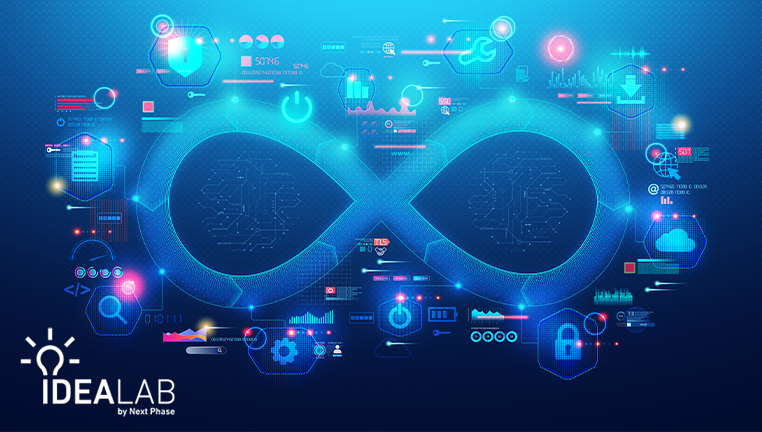The Convergence of DevOps and DataOps
Imagine this: Your application development team– experts in DevOps- are rapidly iterating, pushing updates, and enhancing user experiences at an impressive pace. Simultaneously, your data science and engineering teams– embracing DataOps– are refining complex models and preparing valuable datasets, aiming to unlock powerful insights. Yet, when it comes time to integrate a cutting-edge AI feature or deploy a new analytics dashboard, progress comes to a halt. Sound familiar?
This friction between the domains of application delivery and data delivery is a common bottleneck across both federal and commercial organizations. Development teams, focused on code stability and deployment frequency through CI/CD pipelines, often work independently from data teams who are managing the intricate lifecycle of data sourcing, preparation, modeling (MLOps), and governance. The result is – delayed projects, integration challenges, and valuable data-driven insights that remain inaccessible to the applications and users who need them. The promise of agile analytics and artificial intelligence (AI) often feels perpetually out of reach.
The Power of Convergence
What if these two powerful methodologies–DevOps and DataOps– could converge? This convergence is where the true potential lies. DataOps applies the successful principles of Agile, DevOps, and lean manufacturing to the entire data lifecycle. It emphasizes automation, collaboration, and iterative improvement, mirroring the goals of DevOps but with a specific focus on data pipelines, quality, and governance.
The real transformation occurs when organizations intentionally bridge the gap between DevOps and DataOps. Consider integrated CI/CD pipelines that manage both application code and the data pipelines feeding them. Imagine automated testing that validates not only the software but also the data quality and model performance before deployment. Envision version control is rigorously applied not just to code but also to datasets, models, and data schemas, ensuring reproducibility and traceability. This convergence fosters collaboration that breaks down organizational silos and creates unified teams aligned around a shared goal: delivering value through data-driven applications.
By adopting this integrated approach, organizations can significantly accelerate the deployment and delivery of analytics and AI/ML models. Features that previously required months to deploy can be rolled out in weeks- or even days. Quality improves, risks are minimized, and the organization becomes significantly more agile and responsive to evolving market demands or mission-critical requirements.
How Next Phase Powers Your Convergence
Navigating this convergence requires expertise across both application development and data engineering. This is where Next Phase excels. With deep knowledge of DevOps and DataOps, we specialize in helping federal and commercial clients close the gap between development and data operations.
Next Phase partners with organizations to:
- Design and implement integrated pipelines: We develop unified CI/CD pipelines that seamlessly manage the testing, integration, and deployment of both application code and data/AI artifacts.
- Foster cross-functional collaboration: We establish communication pathways and shared processes and tooling– such as unified version control systems and monitoring dashboards– that align development, operations, and data teams.
- Automate the end-to-end workflow: Using advanced automation tools, we streamline tasks from data ingestion and validation to model training, testing, and deployment, reducing manual overhead and accelerating delivery cycles.
- Ensure governance and quality: We embed data quality checks and governance protocols directly into automated workflows to ensure reliable and trustworthy analytics and AI.
Operational friction should not stand in the way of an organization’s data-driven ambitions. By converging DevOps and DataOps, businesses can unlock unprecedented speed and efficiency in delivering analytics and AI capabilities. Next Phase is your expert partner, ready to guide businesses through this transformation to help you gain a competitive advantage.
Ready to streamline your analytics and AI delivery? Contact Next Phase today to learn how we can help you bridge the gap and accelerate your journey toward data-driven innovation.




